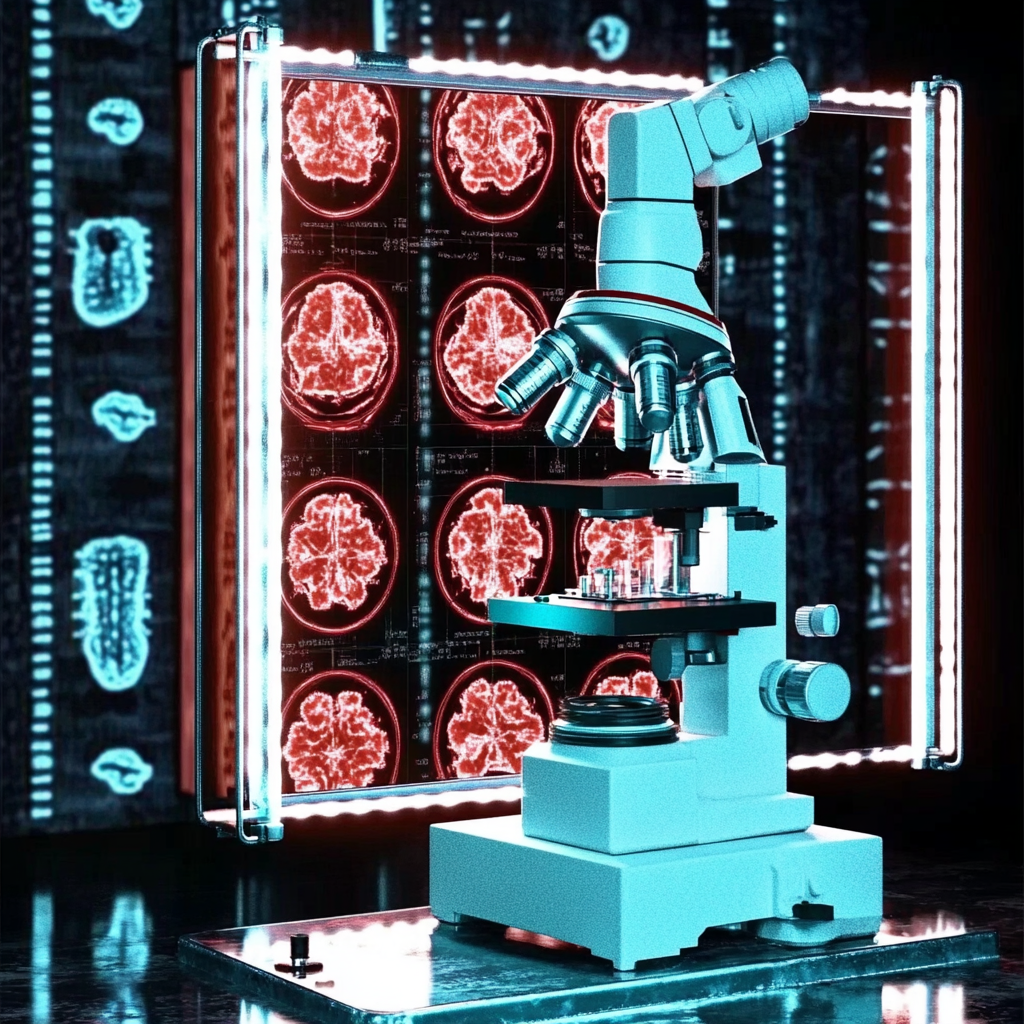-
The Perils of Algorithmic Pricing
Alex Nabaum/theispot.com For decades, hotels, airlines, casinos, and other companies have used revenue management systems to help them set prices, maximize revenues, and gain competitive advantage. Now, in a series of legal cases, plaintiffs have argued that some of those systems’ pricing algorithms could be used to facilitate illegal price-fixing in violation of federal antitrust… →
-
What Does It Mean to Be Rational?
When you think of a rational person, what comes to mind? Do you picture a person who is logical or one who is trustworthy? Is the person a woman or a man? A scientist, an investor, or an artist? “If I were to ask people for the definition of ‘rational,’ most might say it’s someone… →
-
GTM 169: How Airbyte Hit $1B: The Open-Source, Community-First Playbook
The GTM Podcast is available on any major directory, including: Apple Podcasts Spotify YouTube Michel Tricot is the co-founder and CEO of Airbyte, the open-source data movement platform he launched in 2020. Before Airbyte, Michel led integrations and served as Director of Engineering at LiveRamp, where he scaled the teams and pipelines that synced massive… →
-
How Can We Build Scalable and Reproducible Machine Learning Experiment Pipelines Using Meta Research Hydra?
«`html Understanding the Target Audience The target audience for the tutorial on building scalable and reproducible machine learning experiment pipelines using Meta Research Hydra primarily includes data scientists, machine learning engineers, and researchers in the field of artificial intelligence. These individuals typically work in tech companies, research institutions, or startups focused on machine learning applications.… →
-
Net Water Uptake at CT Predicts the Treatment Effect of Thrombectomy for Low ASPECTS Stroke
Background Recent trials have demonstrated that supplementing best medical treatment (BMT) with endovascular thrombectomy (EVT) improves the functional outcomes of patients presenting with large ischemic lesions. Purpose To analyze whether net water uptake (NWU), quantified as infarct hypoattenuation at admission noncontrast CT, modifies the treatment effect of EVT and may aid in patient selection. Materials… →

-
Effectiveness of educational intervention on cervical cancer screening knowledge, attitude, and practice among Yemeni immigrant women in Klang Valley, Malaysia: a randomized controlled trial
CONCLUSIONS: Online educational intervention was effective in improving women’s knowledge, attitudes, and practices regarding cervical cancer and its screening. →

-
Is the neighbourhood environment associated with indicators of health in children and adolescents? Developing and testing a new proof-of-concept Healthy Environments Index for Children in Taranaki, New Zealand
CONCLUSIONS: The theory-informed HEIC and its two subindices may be useful tools for policy and practice aiming at improving child health outcomes. However, they require validation in larger studies in other areas of New Zealand. →

-
Comparing the Top 7 Large Language Models LLMs/Systems for Coding in 2025
«`html Comparing the Top 7 Large Language Models (LLMs) for Coding in 2025 As we move into 2025, the landscape of code-oriented large language models (LLMs) has evolved significantly. These models have transitioned from simple autocomplete functions to comprehensive software engineering systems capable of addressing real GitHub issues, refactoring multi-repo backends, writing tests, and functioning… →
-
Cache-to-Cache(C2C): Direct Semantic Communication Between Large Language Models via KV-Cache Fusion
Cache-to-Cache (C2C): Direct Semantic Communication Between Large Language Models via KV-Cache Fusion Understanding the Target Audience The target audience for the Cache-to-Cache (C2C) communication paradigm primarily consists of AI researchers, data scientists, and business managers involved in AI deployment. These individuals are typically looking to enhance the efficiency and effectiveness of multi-large language model (LLM)… →
-
Hybrid Work Is Not the Problem — Poor Leadership Is
Alice Mollon / Ikon Images “My CEO just came back from another CEO event, and he’s on a rampage about return-to-office.” The three of us coauthors hear a variation of this every week. The pattern is familiar: CEOs return from a peer gathering convinced that really getting everyone back to the office will solve productivity… →